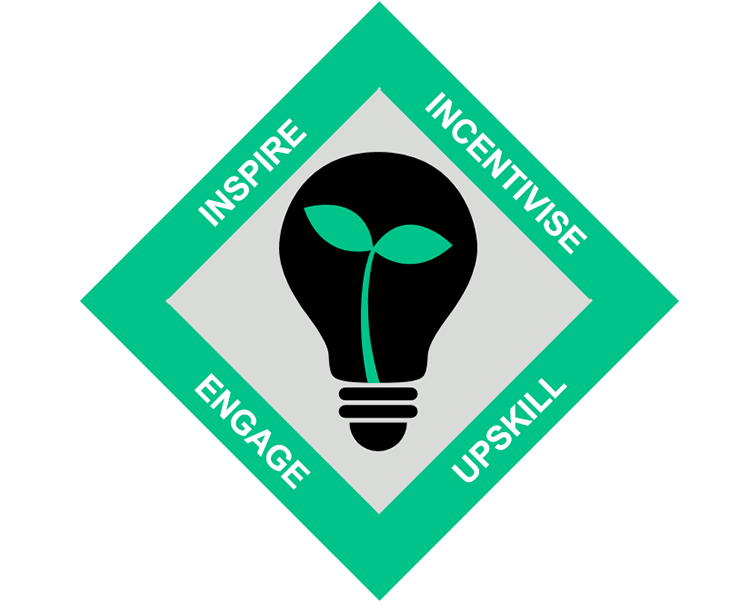Perhaps not surprisingly, according to a recent Willis Towers Watson survey, 43% of 121 leading organisations already have a clearly defined strategy to address climate risks and opportunities, with a further 36% of businesses in the process of developing one.
An overwhelming 97% of respondents also said they agreed or strongly agreed that their people have a significant role to play in the successful delivery of that strategy. Yet, despite being the stewards of those people, and critical changemakers, HR’s role in the climate transformation remains curiously undefined.
We believe that HR have a pivotal role to play in stewarding the transition to a net zero and climate-resilient future. They must convert their organisation’s climate strategy into an engaging ambition that colleagues choose to support. Effectiveness will be measured on how well they enable and motivate employees to contribute to the transition to net zero.
You may have seen our recent series of blog posts that outline four key interventions that will help HR to empower employees to drive change for good – just click on each of the links below to read about each of these in more detail.
- Inspire: Embedding desired culture and behaviours
- Upskill: Building the future-ready workforce
- Engage: Engaging and educating on climate
- Incentivise: Incentivising behaviour change
“But where should I start? What are others doing?”
In terms of starting to tackle the challenge, we are increasingly supporting clients to do one or more of the following:
Listen to their employees with a specific pro-environmental survey designed to:
- Understand levels of employee awareness of, and involvement in, existing/current ‘green’ initiatives and offerings
- Identify gaps between what your employees want to see you doing and what you are doing
- Recognise the extent to which your employees are inspired by your climate ambitions.
Plan a roadmap of people-related activities to achieve climate milestones via a stakeholder workshop which:
- Brings together relevant stakeholders from across the business (Risk, Finance, Sustainability, etc.) to ensure a common understanding of current and planned internal initiatives, external drivers and competitor activities
- Uses findings from the employee listening survey to understand employee preferences
- Maps out HR-related actions and roadmap, identifying the stakeholders needed as part of your overarching climate governance.
Engage and educate leadership with a climate governance Board briefing to:
- Update on the evolving policy and regulatory landscape (e.g. TCFD, Central Bank Climate Stress tests, Race to Zero)
- Provide a TCFD deep dive, outlining the requirements, all the perspectives on how corporates are responding to climate disclosure, and practical steps to be taken
- Understand key strategic interventions that leading organisations are making, including setting the tone from the top by embedding environmental metrics into the executive pay framework.
Regardless of where you choose to start, starting is key. As John Haley, CEO at Willis Towers Watson put it: “We are the they who have to act. Addressing climate change is a collective action problem and a collective responsibility.” And HR most definitely has a role to play.
